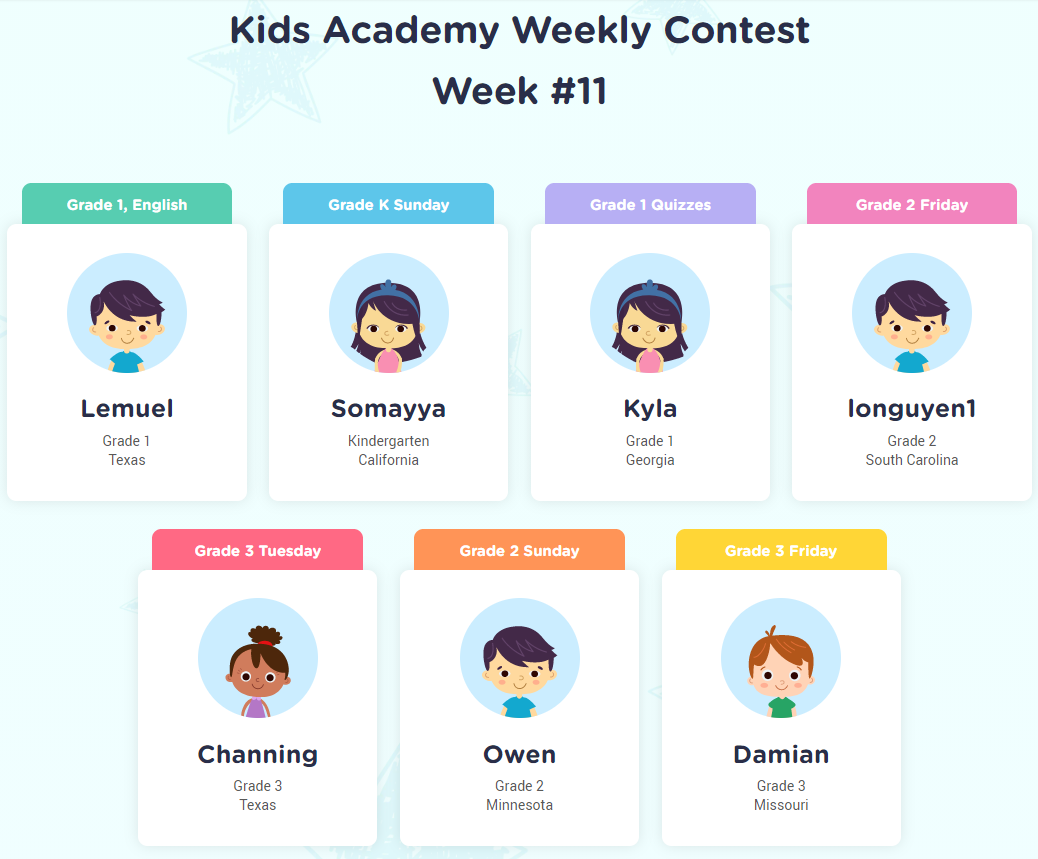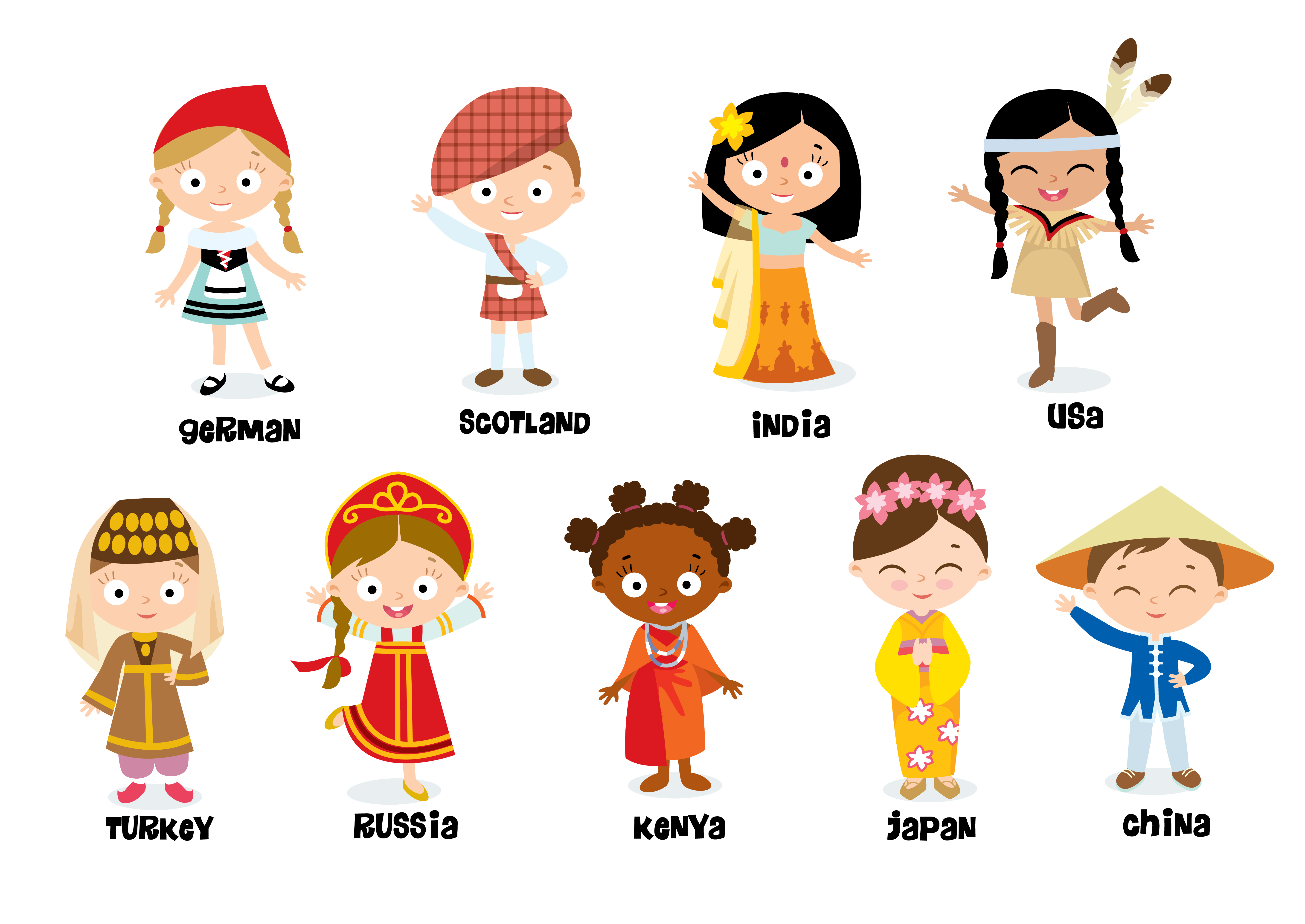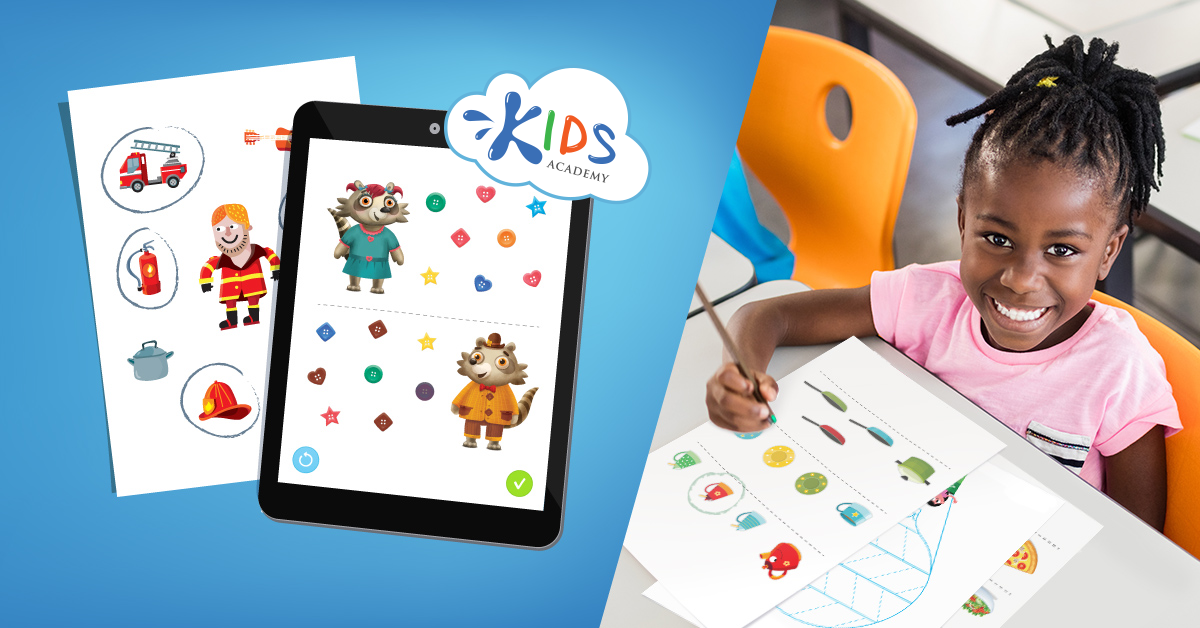Handwriting Skills Normal Worksheets for 5-Year-Olds
7 filtered results
-
From - To
Enhance your child's handwriting skills with our engaging and fun worksheets designed specifically for 5-year-olds. Our collection features a variety of activities that promote letter recognition, proper letter formation, and improving fine motor skills. Each worksheet is thoughtfully crafted to capture your child’s attention, making handwriting practice enjoyable and effective. These normal worksheets focus on both uppercase and lowercase letters, helping toddlers develop confidence as they learn to write. Ideal for at-home learning or classroom settings, our printable resources encourage creativity and build essential writing habits early on. Start your child's writing journey today with our delightful handwriting worksheets!


Letter Q Tracing Page
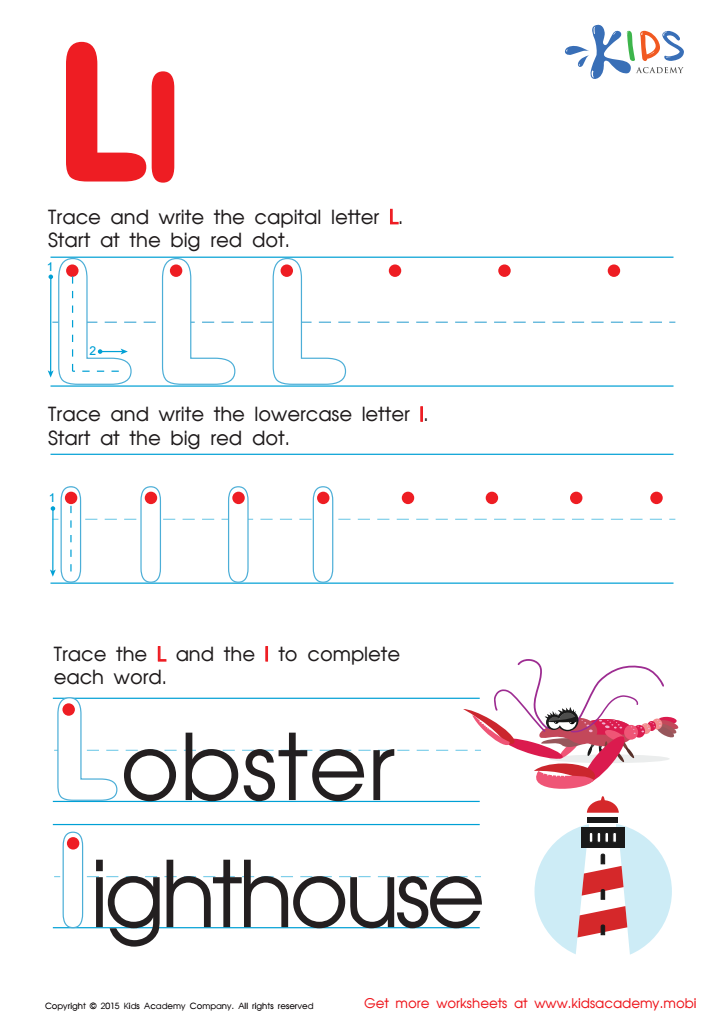

Letter L Tracing Page


Kindergarten Number Tracing: Mary's Bag Worksheet
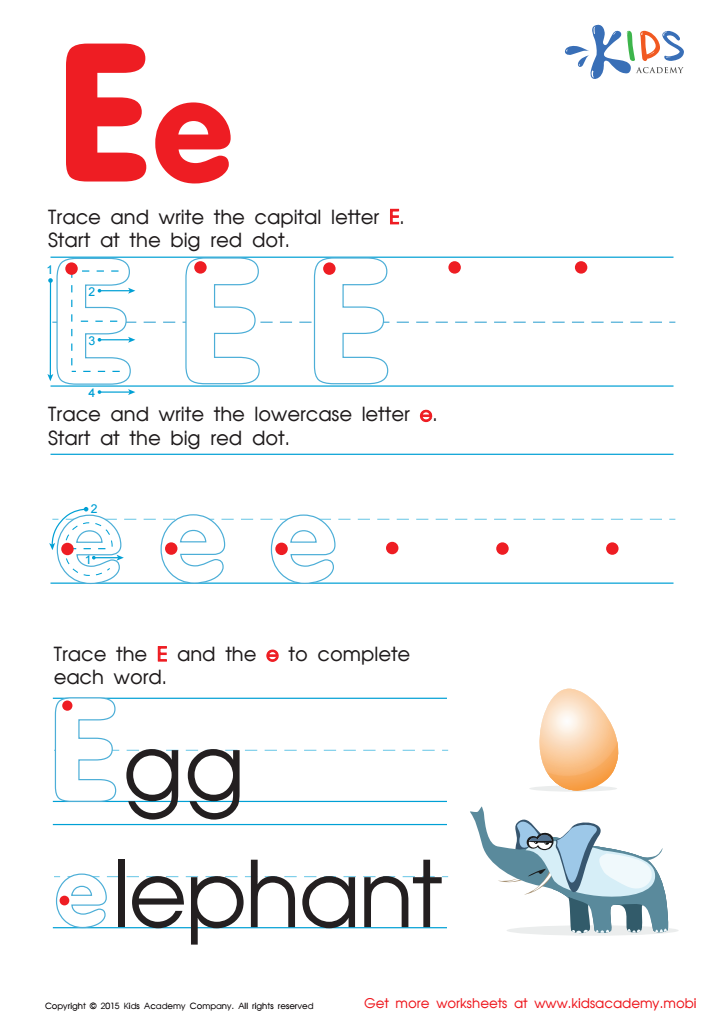

Letter E Tracing Page
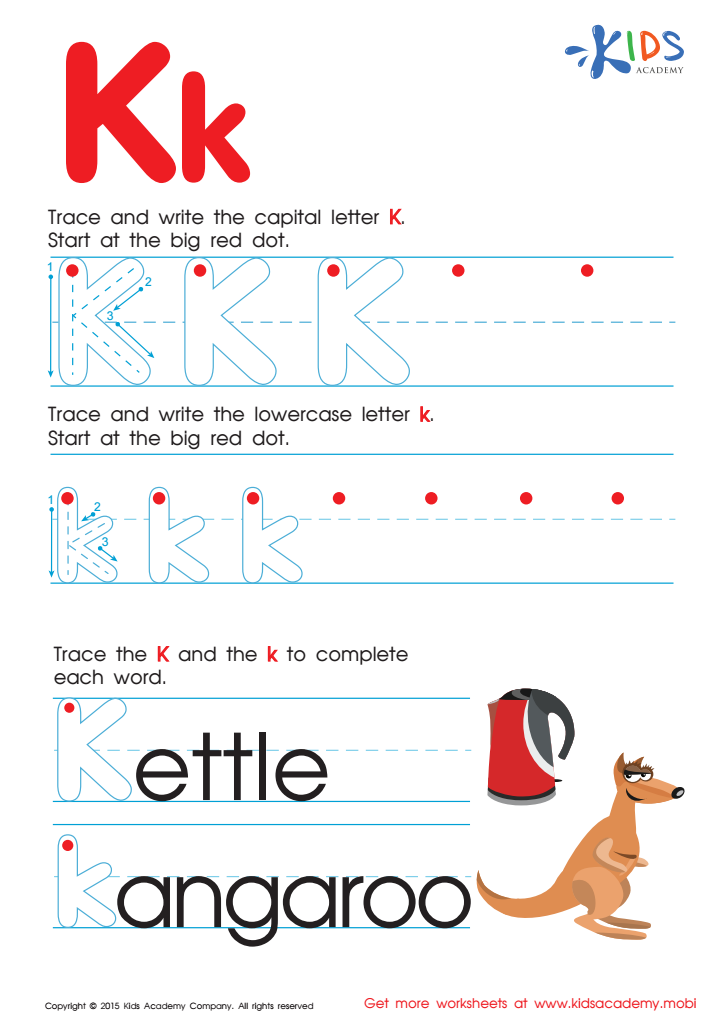

Letter K Tracing Page
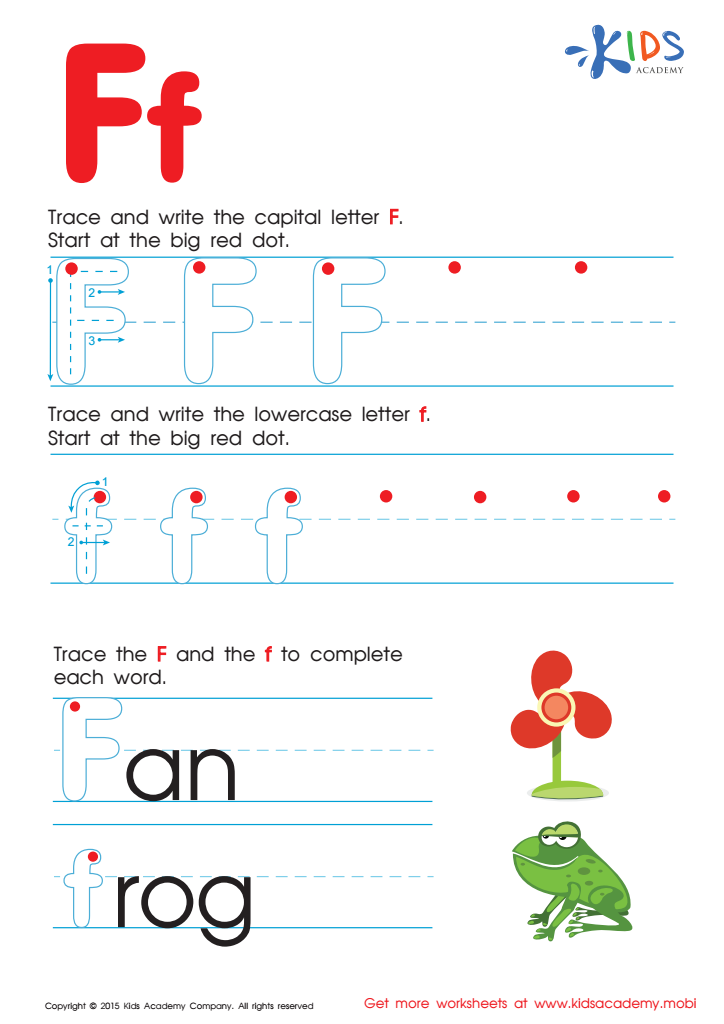

Letter F Tracing Page
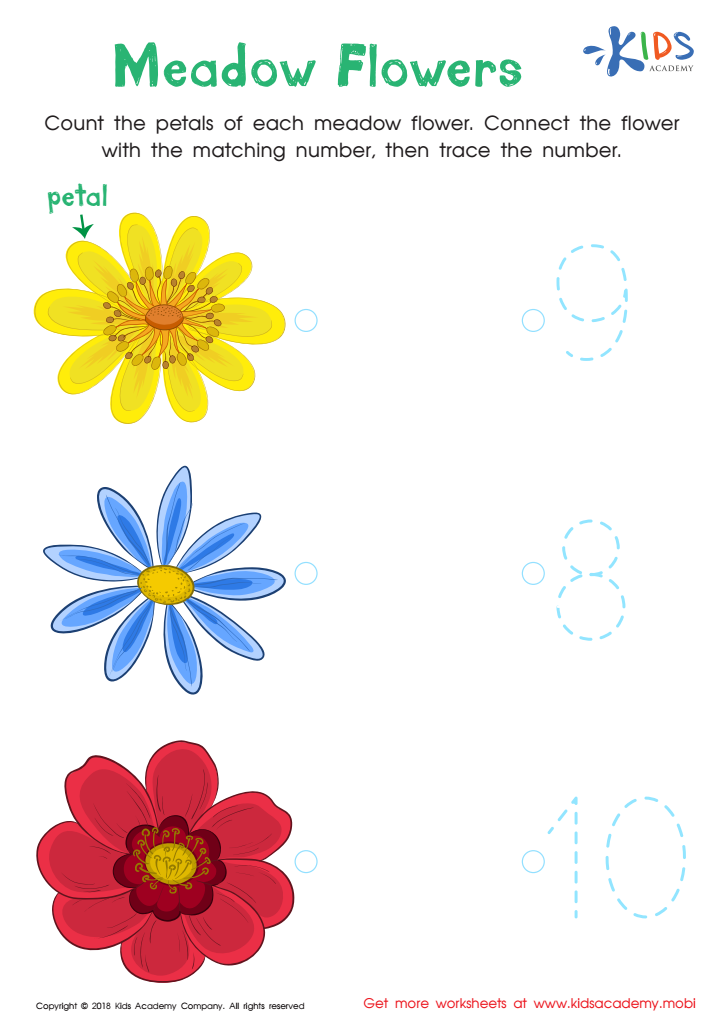

Kindergarten Number Tracing: Medow Flowers Worksheet
Handwriting skills are crucial for 5-year-olds as they form the foundation for effective communication and academic success. At this age, children are developing fine motor skills, which are essential not only for writing but also for everyday tasks. Developing these skills through handwriting practice encourages coordination, dexterity, and hand strength, enabling children to perform better in various physical activities.
Furthermore, handwriting plays a significant role in cognitive development. Engaging in writing helps strengthen memory and comprehension, reinforcing the connection between letters, sounds, and words. A well-developed skill set allows children to express their thoughts and ideas more clearly, leading to increased confidence in their abilities.
Moreover, legible handwriting can impact a child's educational experience, affecting their performance in assessments and contributing to academic outcomes. Teachers and parents should monitor handwriting development to identify any challenges early on, allowing for timely intervention and support.
In essence, handwriting skills serve as a vital link between motor abilities, cognitive growth, and academic achievement. By caring about and fostering these skills, parents and teachers provide a supportive environment for children to thrive, laying the groundwork for lifelong communication success.

 Assign to My Students
Assign to My Students






